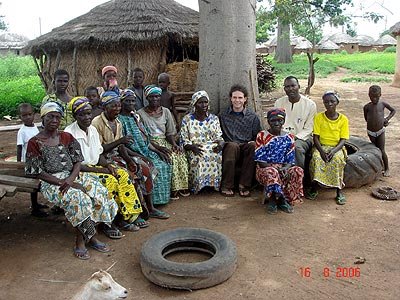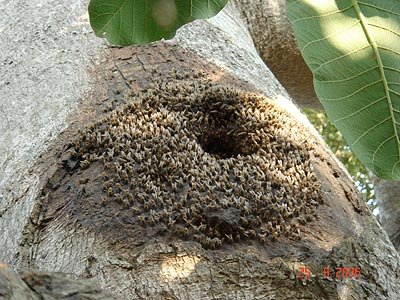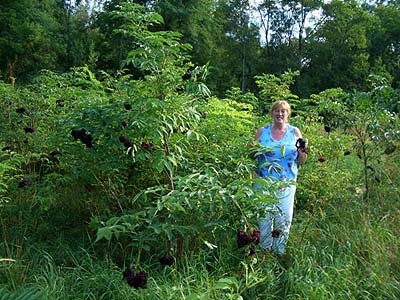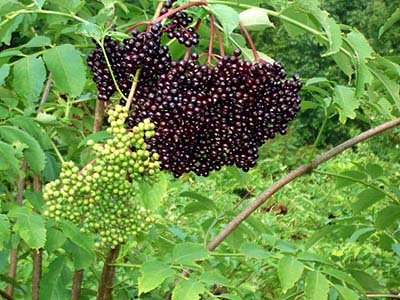a profile in courage, Paul Cappy
It is always an honor to be around a person of courage.
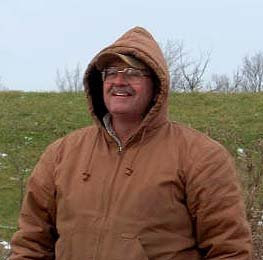
Monkton, Vermont
This week I spent three days with Paul Cappy as we gathered some of our colonies of honey bees in eight yards around and in Chittenden and Addison Country, Vermont; he is taking over the stewardship of these bees, bringing them to Florida for the winter to make an increase in the number of colonies and then back to Lake Ontario, New York for the pollination of apples in the Spring.
Paul has been with the bees for 48 years and started pollinating when he was 16 years old. Over these years he has managed his own commercial operation, inspected thousands of bee hives for the Department of Agriculture in New York, and been a faithful advocate for the honey bee.
Bravery is required to run a commercial bee operation in these times, and anyone like Paul who is willing to make the commitment, work the long hours and expose themselves to the risk of losing a large percent of their bees each season and fluctuations in the crop, deserves our deepest respect.
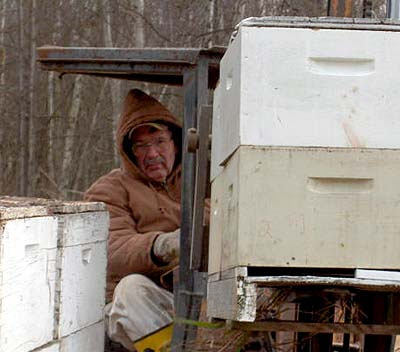
Farmers like Paul are some of the unsung heroes who support the operation and prosperity of our country. It is hard to understand the level of work required until you work with along side him.
This week, we gathered bees in the snow and wind, from early in the morning, until the evening when the light of the full moon allowed us to work. Nothing would stop Paul; when his truck and forklift would get stuck in the mud, I would pull him out with our truck. When the fields were too wet and the hills too step to get his truck in to the bees, he would carry them ¼ mile on his forklift to get them to our trucks, hour after hour. If they were not taken to Florida for the milder winter and early spring, when hives are split to increase the numbers and make up for losses, many of these colonies would pass on.
As Paul is a savior of the bees, he is typical of the men and women across this continent who are committed to honey bees. With almost 40% of we eat dependent on pollination by insects, much of this by honey bees, our food supply depends on these farmers taking care of the beautiful insects. Honey bees are the “canary in the coal mine”; their populations are crashing this winter because the water and air are not clean anymore. In the bees’ weakened state, mites and viruses move in to decimate our honey bees.
The truth is that the average age of beekeepers is increasing. With fewer young people going into the field these days, less honey is being produced in North America. Correspondingly, there is more contaminated, dead honey from overseas filling the shelves of your market.
Thank you for supporting the beekeepers in the United States and Canada who take care of the bees and support their continued existence in our communities. If you have the patience and some of the courage of Paul Cappy, consider mentoring with a beekeeper and supporting these divine creatures. The bees are a gift and you will receive great satisfaction and health benefits by passing on this old culture.
Friday, Dec. 15, 6 pm: Beekeeping in Nigeria & Ghana- Free Slide Show & Talk by Apiculturist Keith Morris, Honey Gardens Apiaries
at the new honey house, 2777 VT Route 7, Ferrisburgh, Based on Keith’s recent experience with FarmServe Africa, learn about alternative beekeeping techniques, “top-bar hives,” the role of bees in their native habitat, and ways these West African communities are developing mutually beneficial partnerships with this amazing insect. Our honey house is on the West/Lake Champlain side of VT Route 7, about a mile north of Vergennes and ½ hour south of Burlington, the old Marvins Carvins property.
